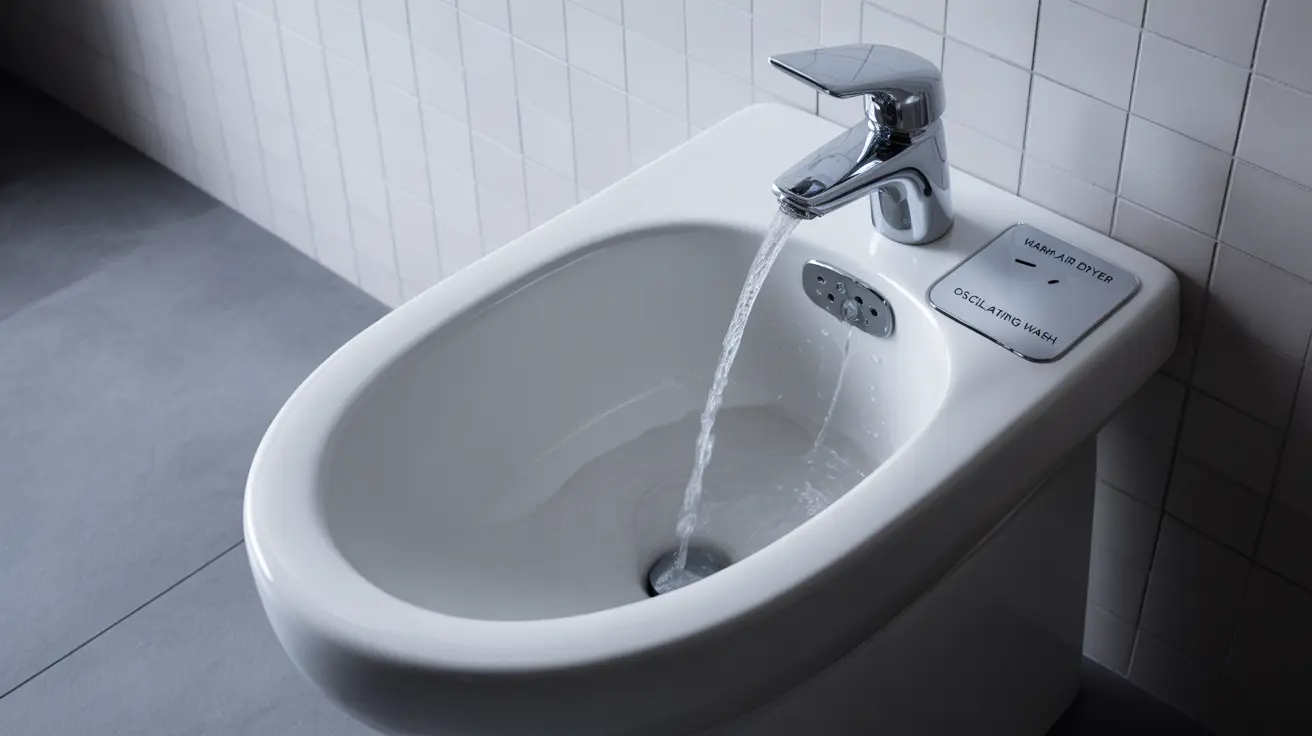As bidets gain popularity in North American bathrooms, many people wonder about their safety and cleanliness. Understanding proper bidet hygiene and maintenance is crucial for enjoying the benefits of this eco-friendly alternative to traditional toilet paper while ensuring optimal sanitation.
In this comprehensive guide, we'll explore the sanitary aspects of bidet use, proper cleaning procedures, and essential safety considerations for different users. We'll also address common concerns about bacterial contamination and provide evidence-based information about bidet hygiene.
Understanding Bidet Sanitation
Modern bidets are designed with hygiene in mind, featuring self-cleaning nozzles, antimicrobial materials, and protective covers that help maintain cleanliness. Most electric bidets include additional sanitary features such as UV sterilization and automatic nozzle cleaning functions.
The water used in bidets comes from the same clean water supply that feeds your sink and shower, not from the toilet bowl. This means you're using fresh, sanitary water for cleaning, which is more effective at removing bacteria than dry toilet paper alone.
Comparing Bidets to Traditional Methods
Hygiene Benefits of Bidets
Bidets offer several advantages over conventional toilet paper:
- More thorough cleaning through directed water spray
- Reduced hand contact with sensitive areas
- Decreased risk of irritation and micro-tears
- Better cleaning for people with limited mobility
- Improved hygiene during menstruation or post-partum care
Scientific Evidence
Research suggests that washing with water is more effective at removing bacteria than wiping with dry paper. Studies have shown that bidet use can help reduce the risk of urinary tract infections and improve overall intimate hygiene when used correctly.
Maintaining Your Bidet
Regular Cleaning Routine
To ensure optimal sanitation, follow these maintenance steps:
- Clean external surfaces daily with mild soap and water
- Sanitize nozzles weekly using approved cleaners
- Replace any worn parts according to manufacturer guidelines
- Check water connections monthly for leaks or damage
- Descale water channels every 6-12 months in hard water areas
Prevention of Bacterial Growth
Modern bidets incorporate several features to prevent bacterial contamination:
- Self-cleaning nozzles that rinse before and after each use
- Nozzle guards that retract when not in use
- Anti-bacterial materials in key components
- Automatic drainage systems to prevent standing water
Safe Usage Guidelines
To maximize hygiene benefits while using a bidet:
- Always start with clean hands
- Use appropriate water pressure settings
- Allow the self-cleaning function to complete its cycle
- Pat dry with toilet paper or a clean towel if needed
- Report any unusual functions to maintain optimal performance
Frequently Asked Questions
Are bidets more sanitary than using toilet paper for personal hygiene?
Yes, bidets are generally more sanitary than toilet paper alone. They provide a more thorough clean using fresh water, reducing bacteria more effectively than dry wiping. This helps prevent irritation and the spread of bacteria while maintaining better hygiene.
Can bidets spread bacteria or cause infections if not cleaned properly?
While properly maintained bidets are very safe, neglected maintenance could potentially lead to bacterial growth. Following the manufacturer's cleaning instructions and regular maintenance schedule will prevent any risk of bacterial spread or infections.
How often and how should I clean my bidet to ensure it is sanitary?
Clean external surfaces daily with mild soap and water, and perform a thorough cleaning of nozzles and other components weekly. Follow manufacturer-specific guidelines for deeper cleaning and maintenance schedules.
Is it safe for people with vaginas or pregnant women to use bidets regularly?
Yes, bidets are safe for people with vaginas and pregnant women when used correctly. Many healthcare providers actually recommend bidet use during pregnancy and postpartum recovery. Use gentle settings and front-to-back cleaning motion for optimal safety.
What are the best practices to prevent bacterial contamination when using a bidet?
To prevent bacterial contamination, ensure regular cleaning, allow self-cleaning functions to complete, maintain proper water pressure, replace parts as recommended, and always follow manufacturer guidelines for maintenance and use.




